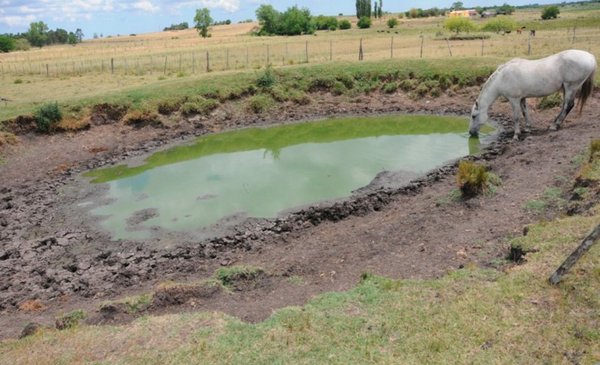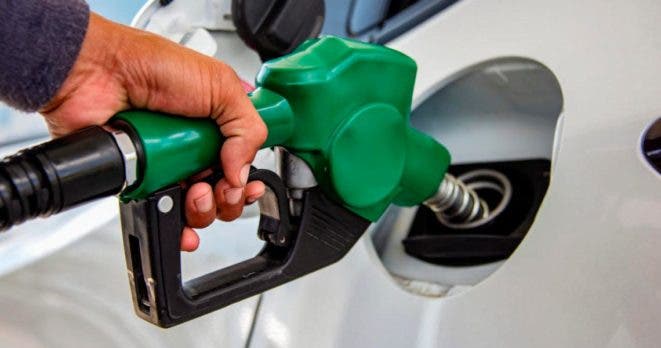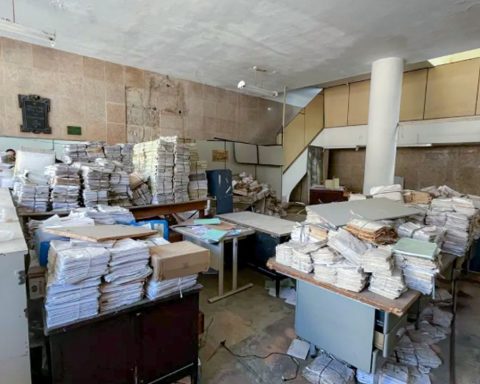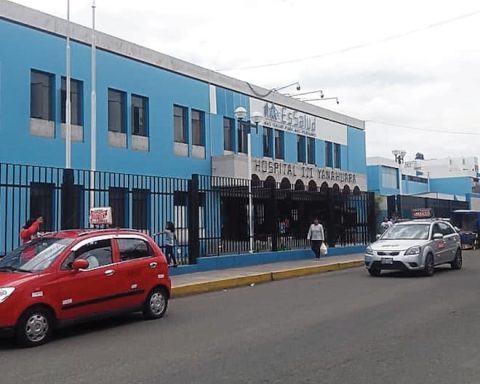When the last week of January begins, the vast majority of producers desperately need it to rain after a water deficit that has been accumulating since spring. However hThere are some areas of agriculture where these hot and dry days do not complicate so much and are even usefulalthough they are the exceptions in a scenario where concern grows, based on the fact that the forecasts do not usually announce rain.
Cattle and sheep, both affected.
Cows and sheep, suffering
In livestock the impacts are of great magnitude. It is common to hear producers say they are facing increasing difficulties for herds to drink and access food properly.. The costs increase, the animals must move more through the fields and the body condition is updated every day. The natural field, the basis of the diet of the national rodeo, is already non-existent in many properties. Productive decline is not only a temporary problem, it is known that the damages of each drought spread. Y the damage to the pocket is already real: the farms that are dispatched to the refrigerators in many cases go with much less kilos than ideal.
In Uruguay there are almost 12 million cattle and more than six million sheep. The sheep can withstand adversity like the current one better than cattle, but they also have a hard time, warned Jorge Andrés Rodríguez, director of the Rural Association of Soriano (ARS). What happens is that the sheep graze better, take better advantage of any pasture, given a better ability to get closer to the base of the soil and eat, for example. That, when food is scarce, is a strategic advantage.
In both species, drought helps somewhat: decreases the incidence of some diseases caused by parasites.
He added that whoever now has water reserves or receives some rain from the sky, like whoever has food reserves and some access to shade in the pastures, at least suffers a little less, but it is difficult for there to be producers who are totally protection from the drama of the drought.
In the cattle scene, the affectation in milk production systems is very high, where an abundant and quality diet, plus water consumption, quickly affects the volume of production and the quality of milk. Fabián Hernández, president of the Society of Milk Producers of Florida (SPLF), said this week that he, like many, had to close a dairy and move the herd from that site to another less affected by the drought.
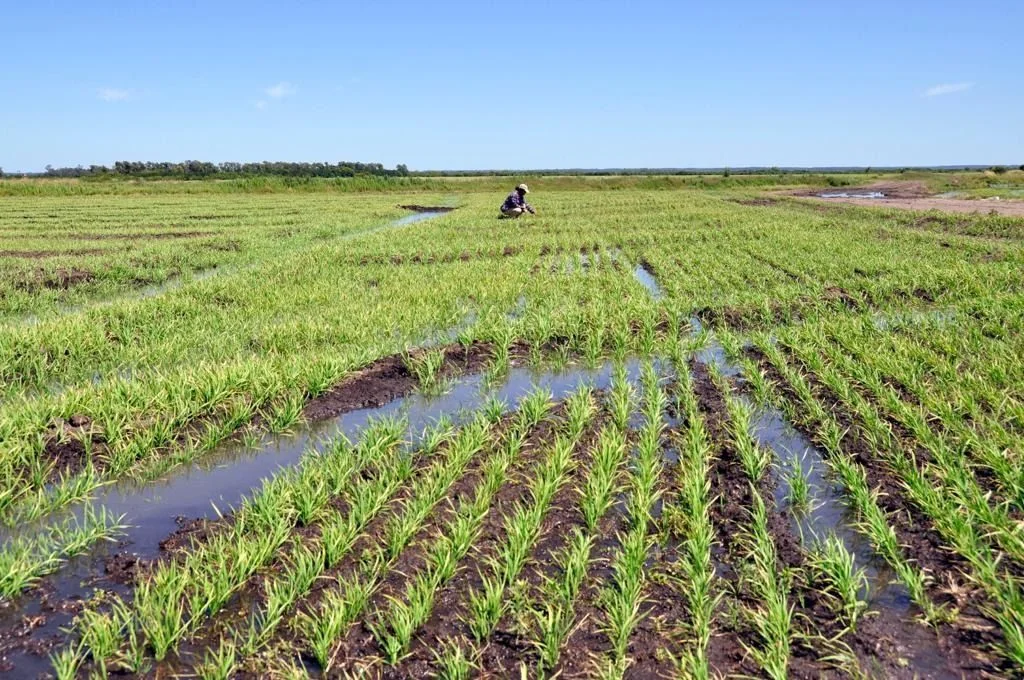
ACA / Alfonso Zorrilla
Rice mostly safe from trouble, at least for now.
The rice message
In the case of crops, the state of the rice is excellent. Except in some productive system where there may be a lack of water for irrigation, there are no difficulties. Yes, they can appear if in 20 or 25 days it does not rain in an acceptable way. But This long sequence of days with lots of light and high temperatures, at this point in the production cycle, is very good for rice plants..
Alfredo Lago, president of the Rice Growers Association (ACA), commented that from that union, rice production (where irrigation technology is as essential as it is widespread) has historically been used as an example that The fundamental thing to overcome droughts is to have irrigation and not other actionswhich can always help, but they are not the definitive solution that is needed.
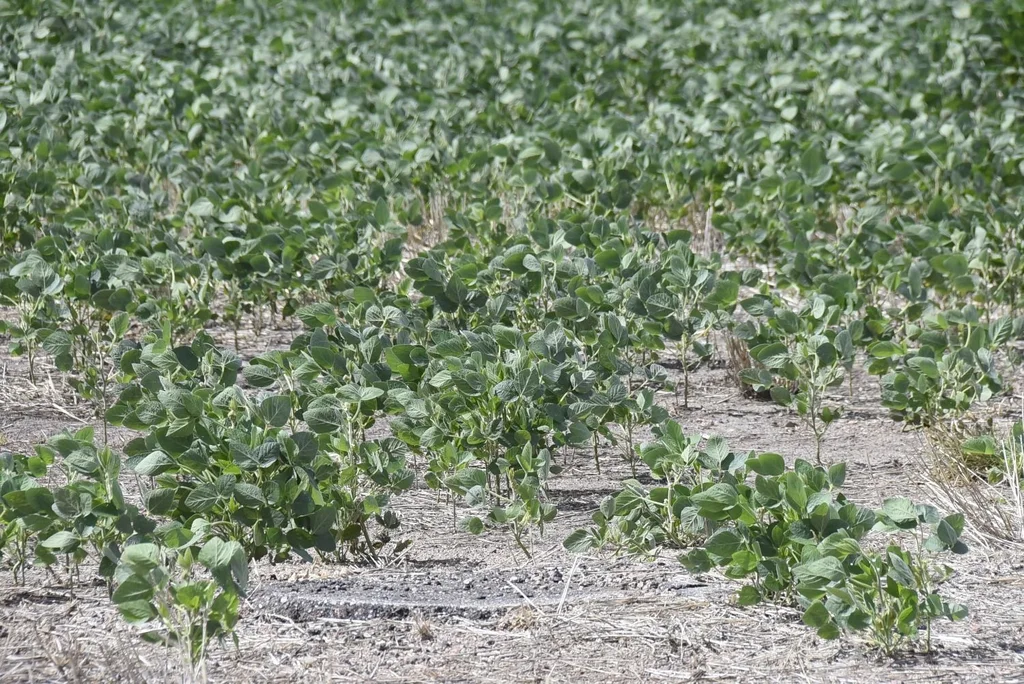
John Samuelle
Soybeans, suffering from drought.
Crops in the CTI and getting ready for the wake
In the case of summer crops –soybean, corn, sorghum and sunflower–, the impact of the drought is also extended throughout the agricultural area, but in an uneven way, with great variability from field to field.
Soybean, the main rainfed crop in Uruguay with more than one million hectares, has at least two main realities. The first ones, well rooted because they had some rain just implanted, are suffering but they are still alive, they still resist. The second grade ones are much more affected, they have received almost no water and in many fields they have begun to die.
In corn, the first-class corn is enduring the problem stoically, but the second-class corn is seen to be in very poor condition and those planted in January are practically lost.
From farms where there are sunflowers and sorghum, the readings of the state of the crops establish that they are also very affected, in many enterprises with already irrecoverable damage.
It was pointed out, by some technicians, that the progress in farm management, plus the genetic quality used in national agriculture, means that if it rains again significantly, at least at acceptable levels, many of the crops that today they look very bad they will be able to recover, especially soybeans, not to reach record yields or exceptional qualities, but so that at least in the accounts there is a tie.
The reality, pointed out Edgardo Rostán, a farmer and provider of agricultural services in the Ombúes de Lavalle area, establishes that “The crops in general today are in the CTI, very serious, so much so that if in five or six days it does not rain well, we will have to start thinking about their wake”.

John Samuelle
Tree growth slows down and the risk of fire is very high.
Afforestation: loss of production and fires
in forestry the development of the mountains slows down as a consequence of a drought, always.
Nelson Ledesma, president of the Society of Forest Producers (SPF), reported that a company with plantations measures, within the framework of its management, how much the forest grows each year. This allows different decisions to be made in the appropriate way, for example when it is convenient to harvest.
“It is certain that within a year when we make that measurement we will see that there was a negative impact from this drought,” he said.
He also said that in areas where the problem is very serious and there are young plantations, there may be deaths of individuals.
Both scenarios obviously generate losses for companies. Y To this is added a permanent risk at present: that forest fires occur.
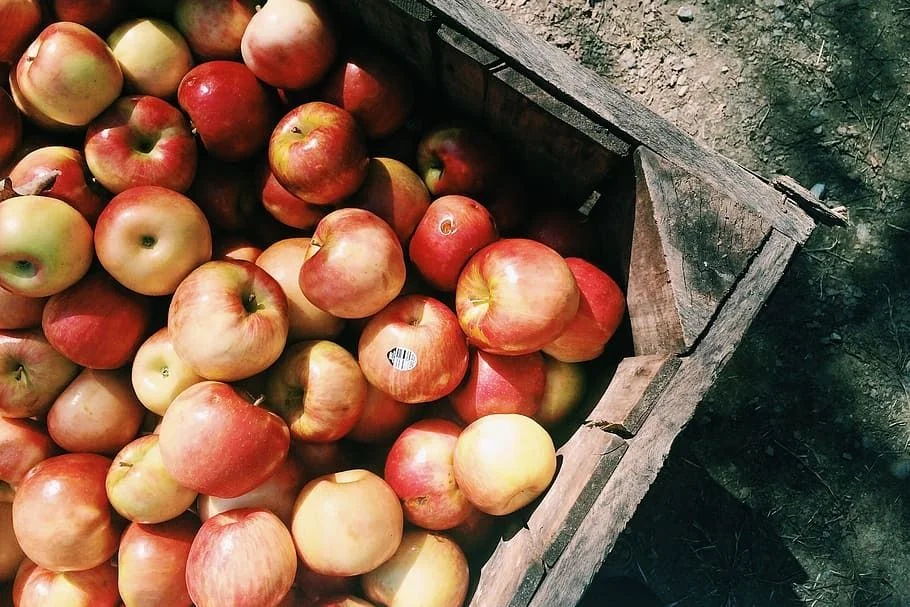
piqsels
Fruits affected in the caliber, one of the problems in the farms.
In the farms they also have a bad time
At the horticulture level, sources from the Metropolitan Agrifood Unit (UAM) said that there are many items in which drought causes immediate damage, with losses in yields and quality, but also with damage from insect attacks, although fungal problems decreasealways associated with excess humidity.
On farms and farms, the biggest problem when a drought sets in is that, while there is a lack of rainfall, the reserves of water used for irrigation decrease and the vast majority of items are very susceptible to the decline and/or absence of that resource.
It is to be expected, he told himself, that if the scenario is not reversed soon there may be a supply problem in volume and quality, with the consequent rise in pricesbut that would occur in specific items, not in all cases.
Drought on farms, in addition to influencing current production decline, can lead to plant deaths, which will establish future production losses and the need to invest in renewing frames.
On farms where there are other enterprises such as poultry and pig farming, the lack of water is also problematic and it is monitored that temperatures do not soar in the sheds, using fans, opening side protections and other measures so that there is humidity. suitable in the environment.
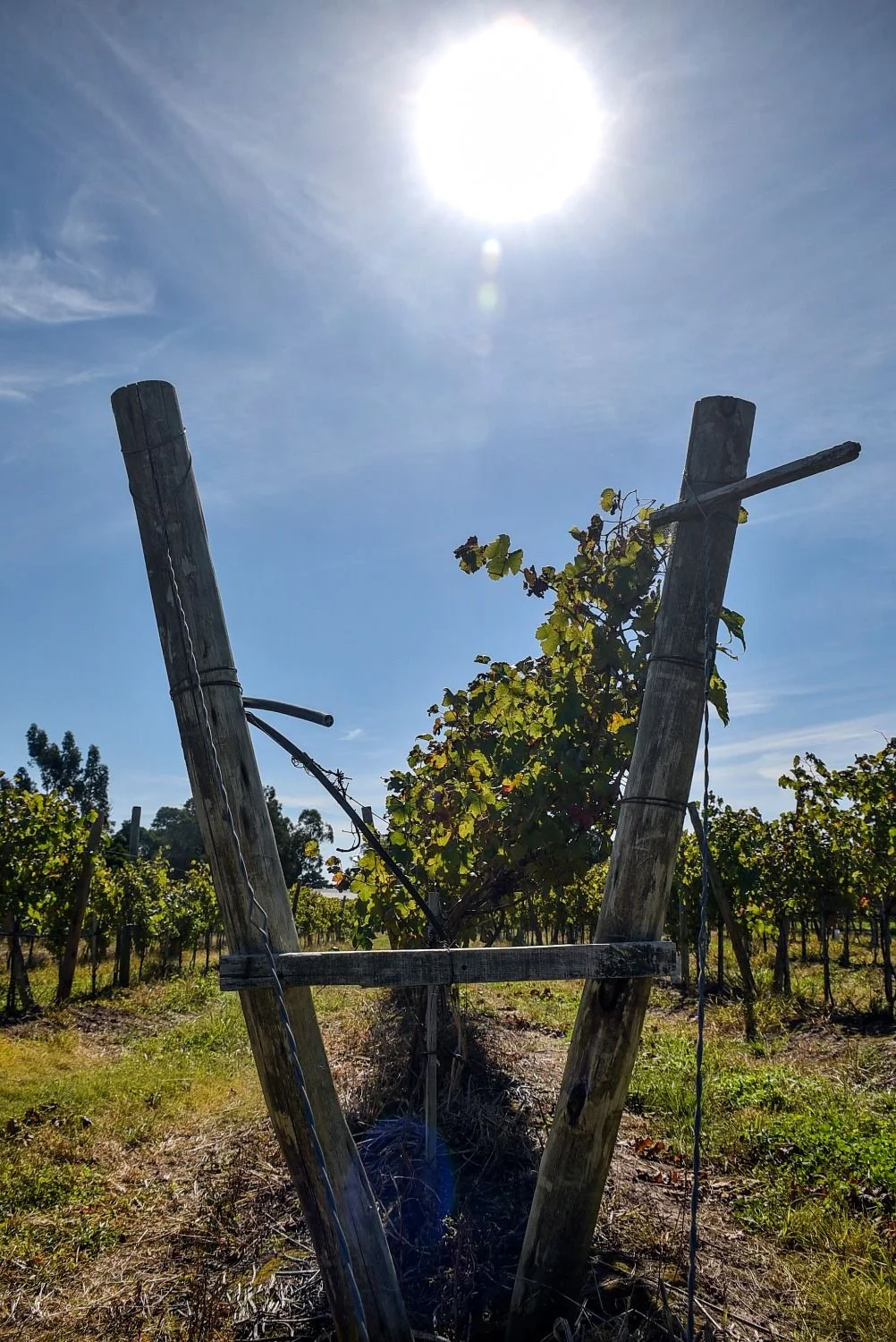
Ines Guimaraens
Problems in the vineyards.
Good and bad in vineyards
In viticulture, since it has not rained well in the vineyard area since September, A decrease in the number of kilos of grapes per hectare is expected and in some cases the quality will also be affected. This was announced by Ricardo Cabrera, president of the National Vivitiniculture Institute (Inavi).
There are some varieties, especially white, in which the scenario that exists in January will enhance the quality of the harvested grapes and the wine to be made.
To see something positive in this area, it may be a year in which it is easier to have an adequate stock of wine, not excessive, considering the domestic market and the demand for export.
Various sources consulted by The Observer agreed to point out that It is a duty in the country to advance in efforts tending to be better prepared when there are droughts to reduce their negative effectsat the same time that further progress must be made to have better coverage, given that the existence of drought insurance is not widespread and even in some cases it is non-existent.
